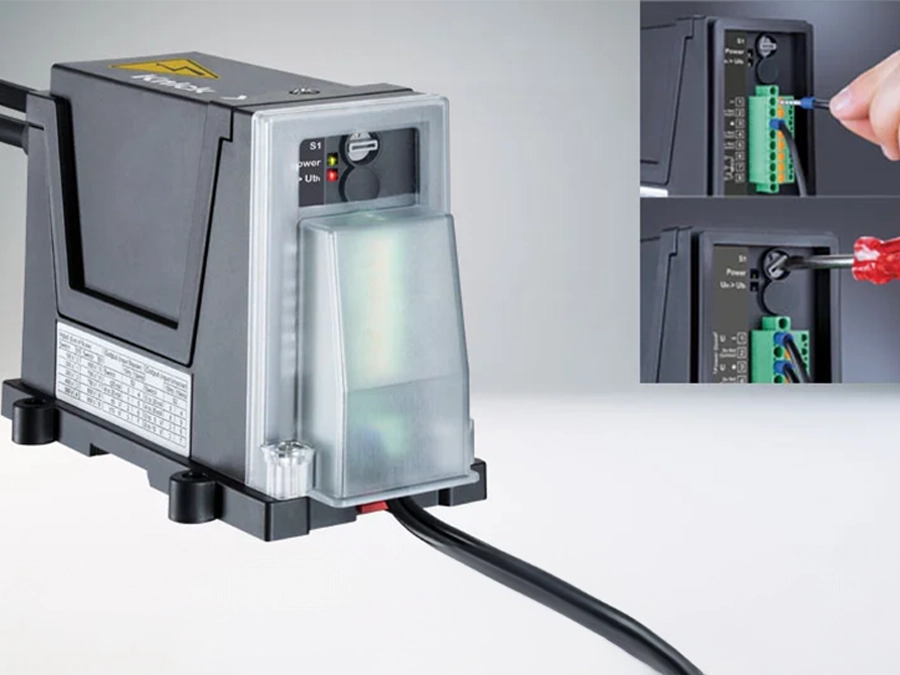Shunt Resistors | For DC currents up to 15 kA
Description
Reliable measurement of DC currents up to the kA range with a high level of accuracy
-
Precise and long-term stable measurement of DC currents
using shunt resistors -
For currents up to 15 kA,
up to 8 kA with standard devices -
Low shunt voltage / small types possible
with special shunt isolators -
Shunt accuracy:
class 0.5, optionally class 0.2 -
Shunt isolator / transmitter with 0.1 % gain error
-
High overload capacity
without trailing measurement errors -
No influence from adjacent wires
due to the measuring principle -
Galvanic isolation between the power unit and control unit
up to 3.6 kV working voltage /15 kV test voltage -
Conversion to standard signals:
±20 mA, ±10 V, 4 to 20 mA -
MTBF of 96 years
for the complete current measurement system -
5-year warranty
Maconic shunt resistors are the result of many years of experience in the design and production of such resistors. They are carefully manufactured using high-quality materials. The resistor bars are made of manganin, a special manganese-copper-nickel alloy, so that a very low temperature coefficient is achieved. Dimensioning and mechanical construction are selected so that the resistors only heat up slightly up to the rated current.
The shunt resistors and associated shunt isolators achieve very good long-term stability, which guarantees the specified accuracy over the normal periods of application of many years. Current peaks do not cause any offset or drift. Protection equipment based on current measurement benefits from the reliability and long-term stability of the measurement and achieves a particularly high level of safety performance.
We look forward to hearing from you!
Contact Us
| Product Category: | High Voltage Transducer, Isolated Signal Conditioner |
|---|---|
| Device Type: | Shunt Resistors for Current Measurement, Transducers for Shunt Applications |
| Input: | > (±)100 mA ( … kA), ≤ (±)500 mV |
| Output: | Others |
| Working Voltage, Min.: | 50 V, 300 V, 1000 V, 2000 V, 3600 V, 6600 V |
| Test Voltage: | 2.5 kV, 5 kV, 10 kV, 15 kV, 510 V |
| Fault Class: | 0.1 %, < 0.5 % |
| Housing: | 6 mm Modular housing, 12.5 mm Modular housing, 17.5 … 67.5 mm Modular housing |
| Cutoff Frequency: | 5 kHz, 10 kHz, < 1 kHz |
| Power Supply: | 24 V AC, 24 V DC, 110 / 115 V AC, 220 / 230 V AC, Broad-range power supply, Loop-Powered, Others |
| Product Line: | ProLine |












